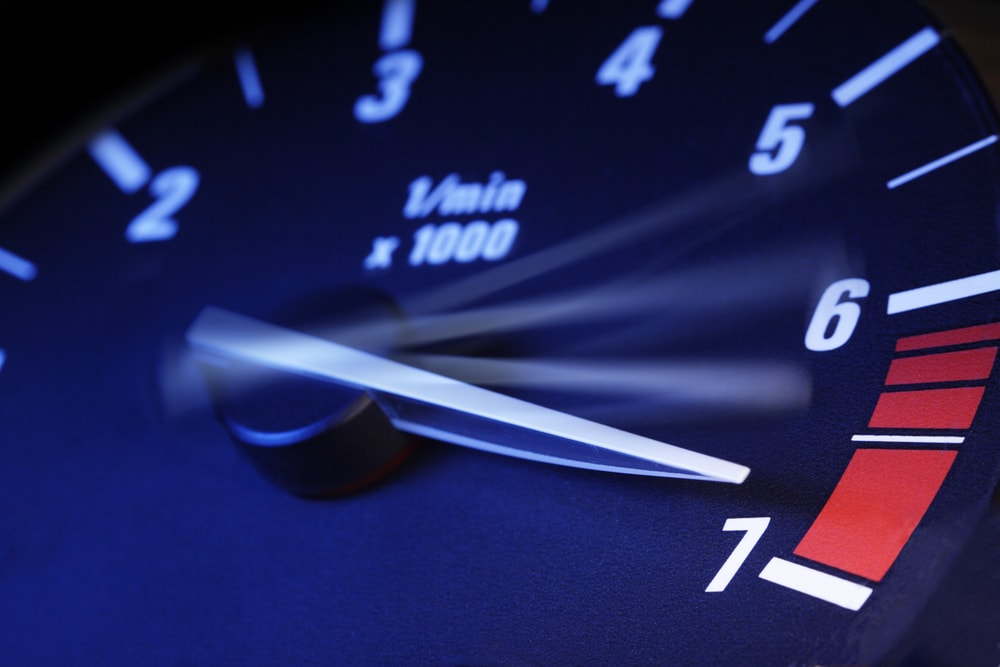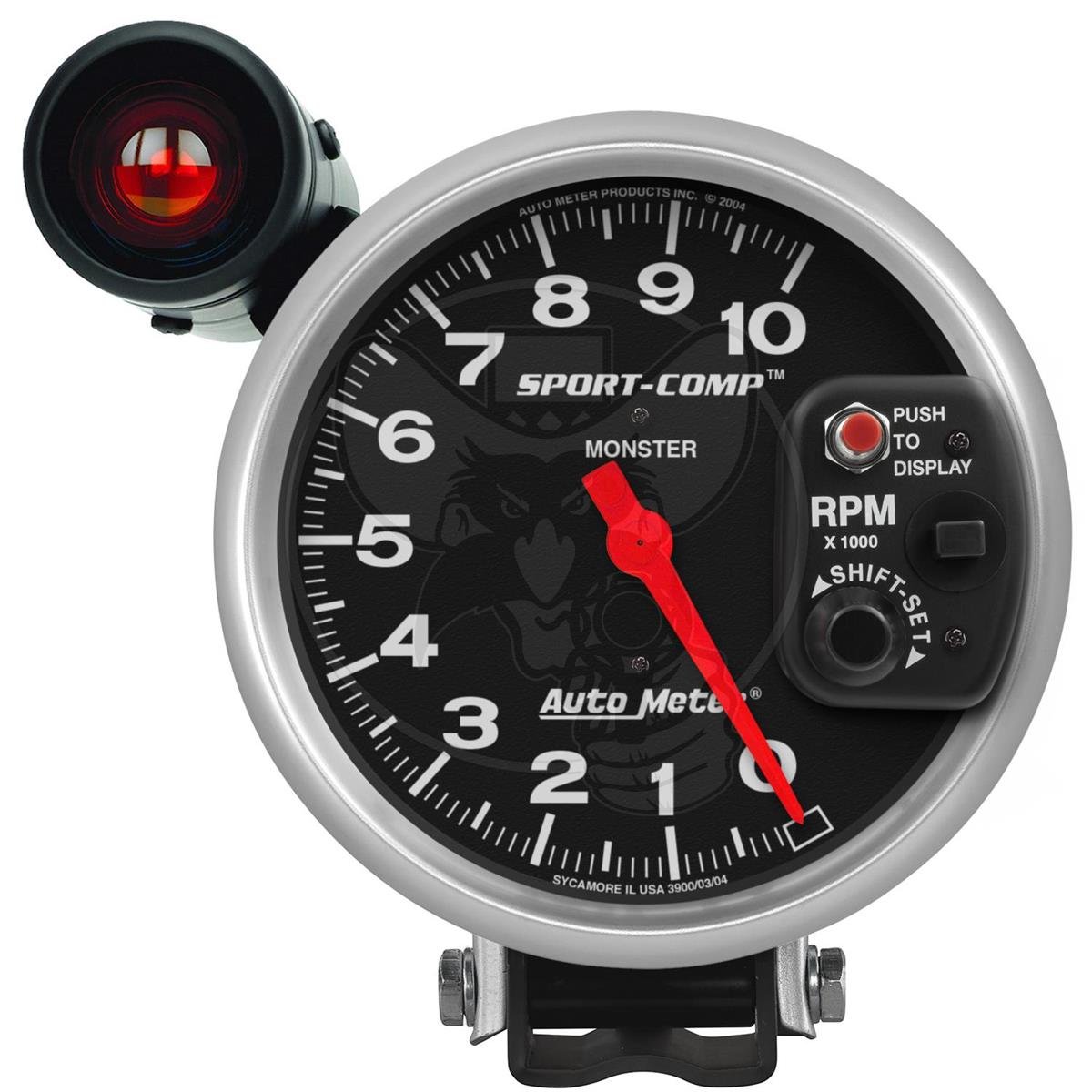Enhance Your Driving Experience with a Reliable Tachometer
Wiki Article
The Relevance of a Tachometer in Keeping Track Of Engine Rate and Efficiency in Automotive Applications
In the world of auto design, the tachometer stands as an essential tool in the vehicle driver's collection, offering a direct window right into the inner functions of a vehicle's engine. Beyond its function as a mere gauge of changes per min (RPM), the tachometer offers as a vital tool for fanatics and experts alike, providing real-time insights into engine performance and health and wellness.Importance of Keeping Track Of Engine RPM
Keeping an eye on engine RPM, or transformations per min, is an important facet of automobile maintenance and performance assessment. Engine RPM directly associates with the speed at which the engine's crankshaft revolves, indicating just how quickly the engine is running.Additionally, monitoring engine RPM is crucial for performance analysis in racing and high-performance automobiles. Keeping optimum RPM degrees is essential for attaining peak power outcome and velocity. Racers frequently make use of tachometers to ensure they are running within the optimal RPM array for maximum efficiency. In recap, keeping an eye on engine RPM is not just important for identifying problems yet also for maximizing engine efficiency in various vehicle applications.

Advantages of Real-Time Data
In automobile applications, real-time data plays a vital role in providing instant insights into the performance and condition of the car. By constantly checking various parameters such as engine speed, temperature, fuel intake, and more, real-time information provides many benefits that contribute to enhanced efficiency and safety when driving.
In addition, real-time data facilitates efficiency optimization by offering prompt comments on driving habits and engine performance. Chauffeurs can readjust their habits in real-time based on this details to accomplish far better fuel economic situation and lengthen the lifespan of their lorry.

Furthermore, real-time information plays a vital function in modern automobile diagnostics, enabling service technicians to promptly identify and attend to malfunctions. This causes lowered downtime, lower upkeep prices, and ultimately, enhanced total vehicle dependability and long life (tachometer). By utilizing the power of real-time information, auto stakeholders can make educated choices that favorably impact both the performance and durability of the lorry
Effect On Gear Shifts
The tachometer plays an important function in enhancing gear shifts by providing real-time engine speed data to the driver. When coming close to the redline on the tachometer, it signals the driver to upshift to prevent over-revving the engine and creating possible damages.Additionally, the tachometer aids in accomplishing smoother gear changes, especially learn the facts here now in hands-on transmissions. By keeping track of engine speed, chauffeurs can implement equipment shifts at the ideal RPM variety, minimizing snagging motions and minimizing endure the transmission elements. This precision in gear modifications not only enhances driving convenience yet additionally adds to sustain performance.
Enhancing Gas Performance
Offered the essential duty the tachometer plays in Find Out More maximizing equipment changes for performance and engine health and wellness, it directly contributes to taking full advantage of gas efficiency in vehicle applications. By supplying real-time comments on engine speed, the tachometer aids motorists in maintaining one of the most effective RPM range for fuel economic climate. When vehicle drivers continually check the tachometer and readjust their driving behaviors accordingly, they can avoid unneeded fuel consumption triggered by over-revving or carrying the engine.Furthermore, the tachometer aids motorists recognize the most fuel-efficient equipment to be in at any kind of given minute, avoiding the engine from working more difficult than needed. This is especially vital during velocity and cruising, where being in the ideal equipment can dramatically influence fuel performance. In addition, the tachometer can inform vehicle drivers to possible mechanical problems that might be adversely impacting fuel economic climate, such as a slipping clutch or a stopped up air filter. Finally, the tachometer serves as a valuable device in improving gas efficiency by promoting optimum driving practices and identifying areas for improvement in the lorry's performance.

Taking Full Advantage Of Engine Durability
The tachometer's function in checking engine speed and efficiency contributes in guaranteeing the durability of automobile engines. By using the tachometer successfully, vehicle drivers can maximize engine durability via find this conscious RPM management. Regularly revving an engine too expensive can bring about too much wear and tear on important components, such as the pistons, shutoffs, and bearings. Over time, this can cause decreased engine performance and possible malfunctions. Checking the tachometer permits chauffeurs to remain within the advised RPM range for their vehicle, avoiding unnecessary stress on the engine and expanding its life-span.
Conclusion
Finally, the tachometer plays a vital function in checking engine rate and performance in automobile applications. By providing real-time data on RPM, it enables reliable equipment changes, boosted gas effectiveness, and made the most of engine longevity. This device is essential for preserving ideal engine efficiency and making certain the overall performance of an automobile.Report this wiki page